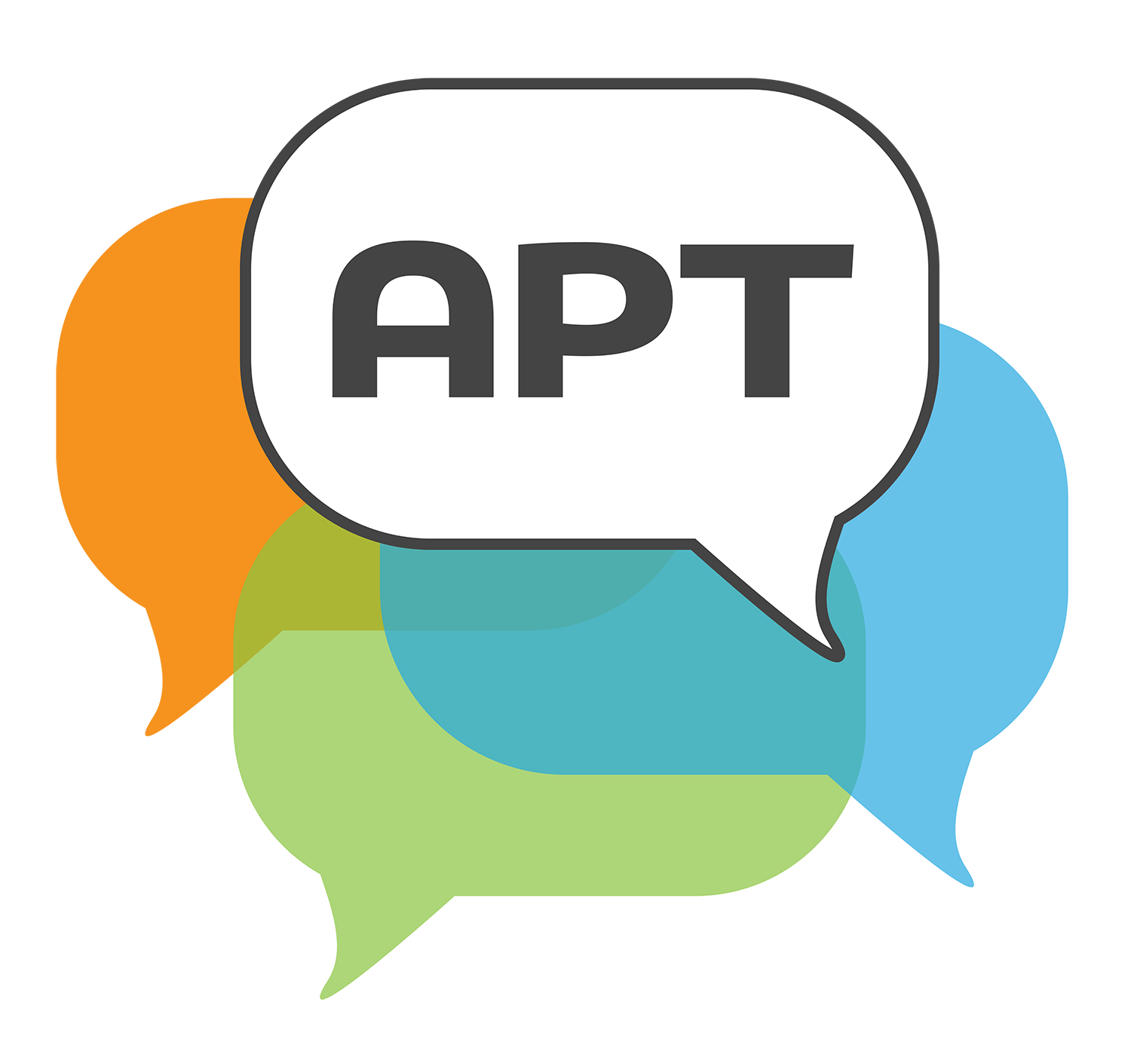Across Content Areas
Social Studies
The social studies classroom differs from other subject areas because it’s perceived as the training ground for democratic civic participation. If we want civic participants who can think for themselves, use evidence to formulate reasoned arguments, and engage complex problems thoughtfully and analytically, then students must have the opportunity for academically productive talk about open questions for which there are multiple legitimate answers. Students must have the freedom to engage in inquiry, and to arrive at their own positions using the available evidence and resources.
Three Types of Questions to Elicit APT in Social Studies
Historical, civic, and critical [1] are three types of questions that one might ask to elicit analytical academic productive talk in a social studies classroom.
These three types of discussion need not be seen as mutually exclusive. In fact, powerful social studies instruction often involves a thoughtful integration or sequencing of all three. For teachers, the work of preparing for academically productive talk requires identifying a discussable question, assembling resources that students can use to answer the question, and making sure to scaffold those resources in ways that support student interpretive reasoning.
For additional background on the three types of analytical discussions, see Jenni Conrad, The Journal of Social Studies Research
Historical Discussions
If we want to study the past, academically productive talk can play an essential role. Historical discussions offer a way for students to work with their classmates to reconcile disparate pieces of historical evidence and grasp the complexity of past events, their causes and effects, and the belief systems, motivations, intentions of historical actors. Students might consider why something happened or how it unfolded; they might argue whether and why an event or person is historically significant. In each case, they would need to ground their claims in evidence, and formulate arguments about why their evidence is compelling.
To engage in historical discussions students must apply historical reading skills. They must source the documents, evaluate the author’s perspective and motive, and consider the historical context that shaped the account in the text. Such skills further demand close reading and corroboration. For example, in a 9th grade lesson on the expansion of the Islamic empire, one student questioned the reliability of a source. The teacher probed the student’s reasoning but then also pushed back on his assessment and continued the discussion. This example illustrates how sourcing a document and raising questions about its reliability need not result in completely eliminating the source from consideration.
7th grade students engage in sourcing, corroboration, and close reading to poke holes in claims that Henry Frick made about the Homestead Strike in 1892.
The clip above is from:
Homestead Strike: Analyzing an Interview with Henry Frick
Social Studies • 7th Grade
Challenges Related to Historical Discussions
When engaging students in historical discussions, the greatest challenge is that we live in the present, not the past. To try to understand the past, we have to pretend that we can cordon off the present, and all the ways the present influences our perspectives, assumptions, beliefs, and interpretations. Of course, doing so is impossible. But the effort to do so lies at the heart of disciplinary discussions.
In this video in which 6th graders discussed John Brown's reasons for invading Harper’s Ferry, students had to be reminded that no one alive in 1859 knew with any certainty that the United States was on the brink of Civil War. Students had to glean Brown’s motives from the available documents while holding at bay their own knowledge about subsequent historical events.
Civic Discussions
Civic discussions largely focus on important social and political issues in the present. Civic discussions broadly ask: How should we act or respond to these issues in ways that will shape us in the future? Because resolutions to civic issues require speaking across diverse experiences, perspectives, and values, academically productive talk is an essential method for achieving the goals of civic discussions.
In the Comparative Revolutions video, students begin by identifying similarities and differences between the French and Cuban Revolutions. But the discussion ultimately turned to the question of whether there could be a revolution in NYC, which evolved into an animated discussion about the maturity of teenagers to lead political change. Students were animated because the substance of the discussion touched on their lives directly.
Although the discussion unfolded organically, students engaged in key aspects of civic reasoning: they identified a core debatable issue, articulated competing perspectives, formulated claims and built upon or refuted their classmates’ positions. In this video, the available evidence aligned more with the preceding historical discussion, but we can imagine a teacher or students collecting evidence for and against the increased political role of teenagers.
Again, in compiling resources for students to leverage in such civic debates, it’s essential to consider whose voices are present and whose are absent and take care to present a diverse array of perspectives on the given issue.
This clip is from:
Comparing Political Revolutions
Social Studies • 10th Grade
Challenges Related to Civic Discussions
Civic discussions present two large challenges. The first is that the focus on the present demands that students understand and have resources to arrive at informed decisions about how to act. For example, a discussion on whether descendants of enslaved people deserve reparations should be grounded in actual policy proposals and examples of other existing reparations programs. Absent such resources, the discussion dissolves into a series of abstract moral claims that are not actionable. The second challenge is the tendency in such discussions to relegate the past to the background. But in fact, taking the reparations discussion as an example, a deep understanding of the accumulation and dispossession of Black wealth in the United States is critical to formulating a compelling argument about reparations.
Critical Discussions
If historical discussions push us to separate the past and present, critical discussions insist on the continuity between the two, with the goal of prompting students to discern how social, political, and economic structures in the past (and the stories we tell about them) shape our lives in the present. One example might be a discussion of how the historical erasure of indigenous people by European settlers has real consequences on the lived experiences of indigenous people today. In such discussions, students might analyze how contemporary narratives and policies often reinforce (or revive) stereotypes and power structures that existed in the past.
The clip above is from:
Was Philadelphia's Crosstown Expressway Racist?
Social Studies • 8th Grade
As it stands the video on the Crosstown Expressway doesn’t quite become a critical discussion because discourse stayed largely focused on the past. Only at the very end does a student draw an explicit connection to the demographic distribution in present-day Philadelphia. But we can imagine a situation where the teacher intentionally extends the lesson such that students discuss the question: How does the Vine Expressway shape Philadelphia today?
Challenges Related to Critical Discussions
The key challenge in critical discussions is the urge to draw simple, direct lines between past and present. Obviously we must look to the past to understand how we arrived at our current social, political, and economic arrangements. But any present-day phenomenon is always shaped by multiple causes. While we want to encourage students to look to the past to understand the present day, we also want to make sure they don’t walk away with simplistic understandings.


